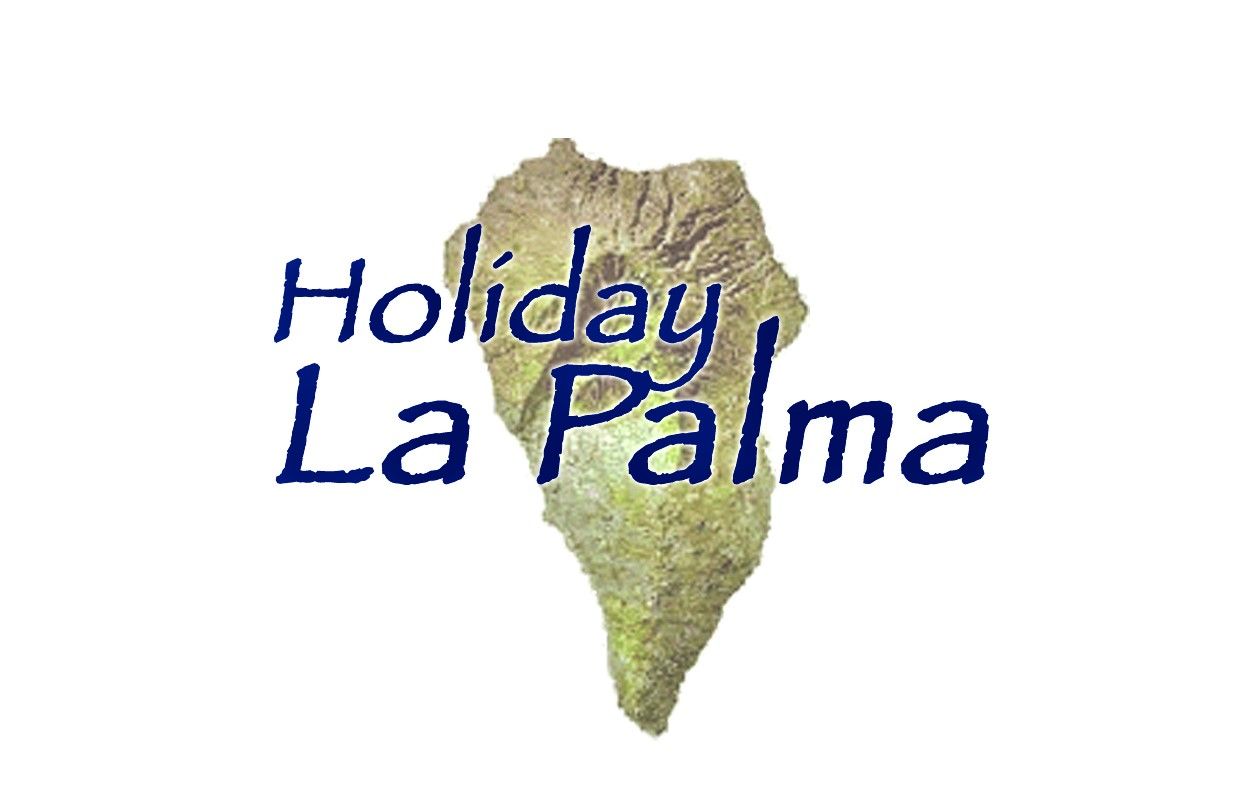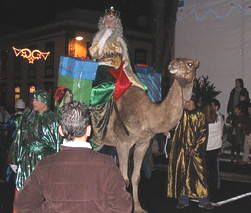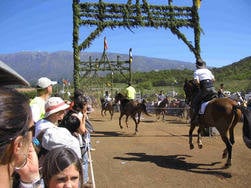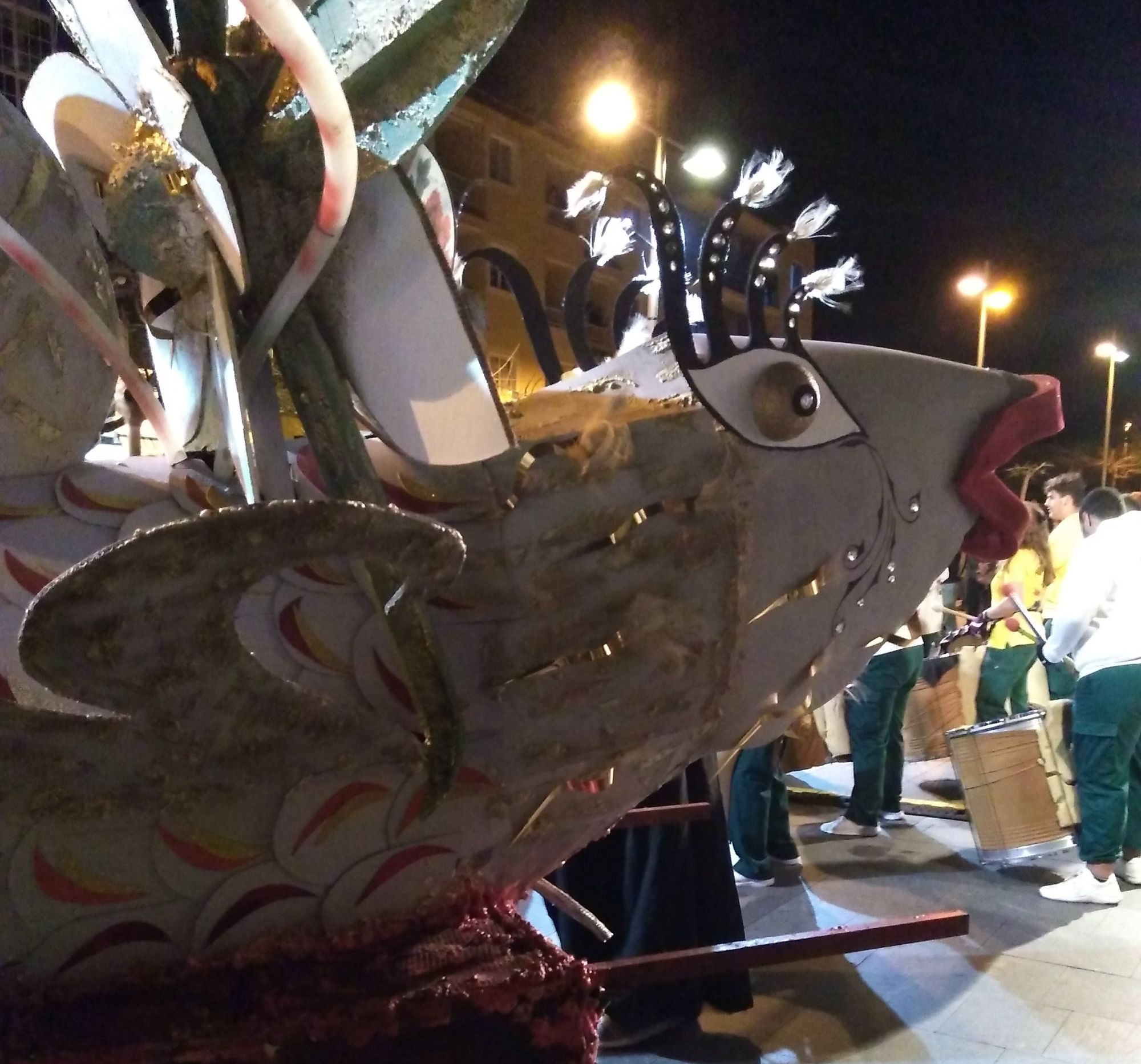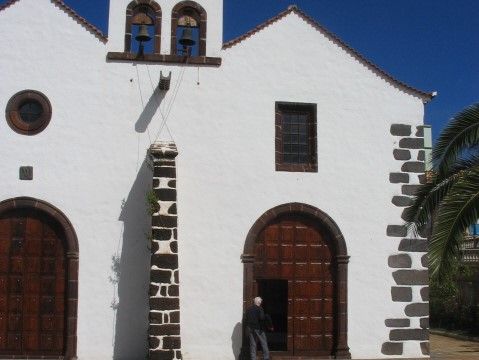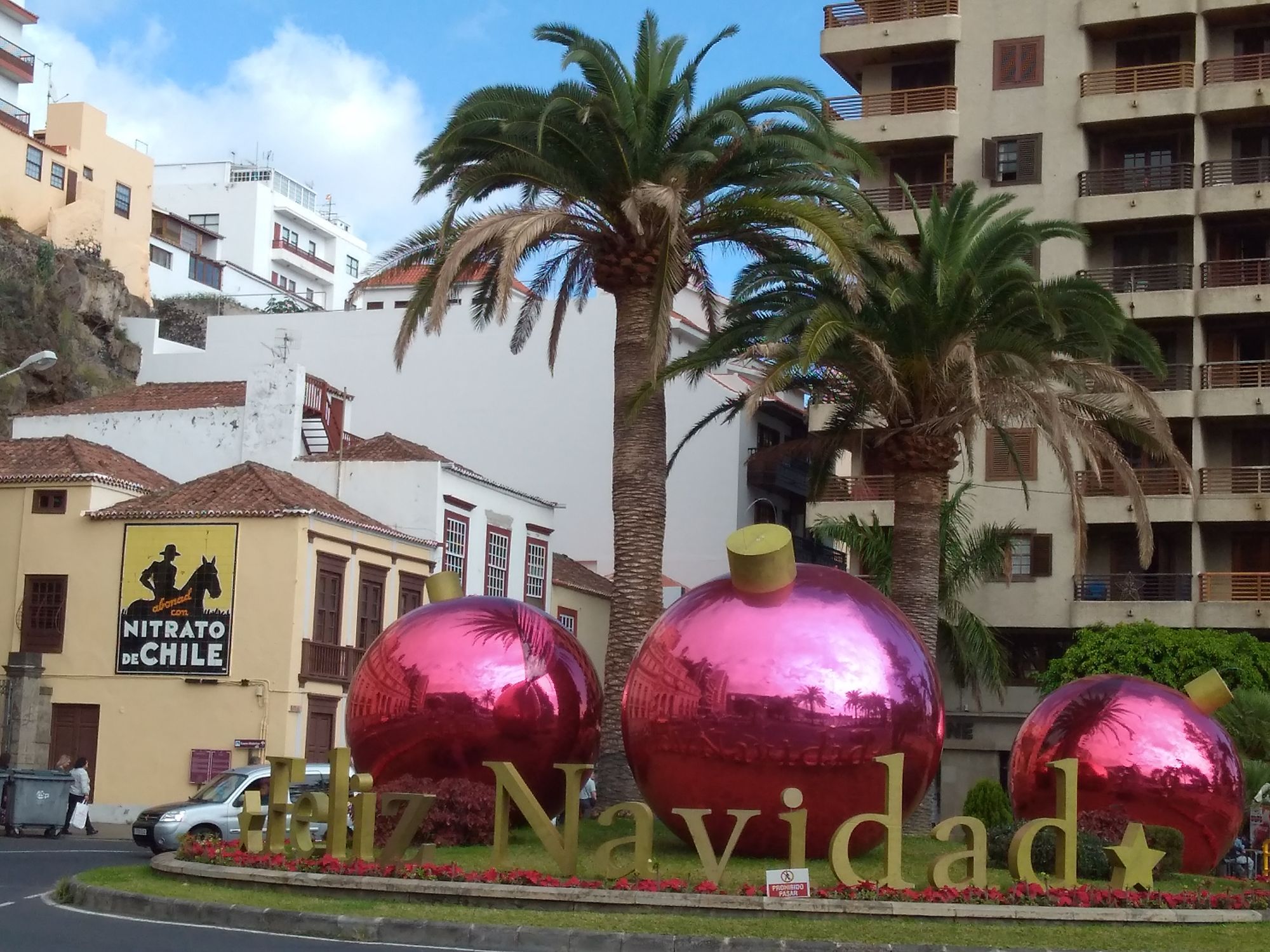It's Fiesta Time on La Palma!
Fiestas play a huge part of life on La Palma. It's a great opportunity to enjoy the outside climate, island music, local food and that good old favourite, Ron y Cola. Yes, even the rum is made on La Palma.
Traditionally, fiestas have their origen in religion which includes thankfulness for the harvest and fishing and of course it’s also the perfect time to meet up with family and friends. It's also a good opportunity to meet up with new people which was certainly important for the rural areas in the old days.
In addition to the fiestas detailed below, there is also an abundance of local fiestas - and for visitors to La Palma at fiesta time, there's a whole lot of fun waiting for you!
January – Epiphany, Los Reyes, the Three Wise Men. This is symbolic of when the Three Wise men, the Kings, came to Bethlehem with gifts for the infant Jesus. This is the main celebration of Christmas in the Canary Islands and is when children receive their gifts rather than at Christmas although these days, they usually receive a few token presents on Christmas day as well.
End of January/start of February - Fiesta of the Almond Blossom, Puntagorda. Folk music, bands and dancing help to celebrate the beautiful pink blossom of the almond trees and it's also a good chance to see the traditional costumes of La Palma. Additionally, there are displays of embroidery and other handicrafts along with kiosk bars and food stands.
Monday in February - Los Indianos, Santa Cruz and Los Llanos. A big and crazy fiesta which symbolizes the return of Palmerans from Venezuela and Cuba having made their riches. As white clothing symbolizes wealth, everybody wears white (or pale beige), and to emphasize this, everybody sprinkles talcum powder over each and even the Town Hall get in on the act as talc is fired out of huge water guns. It might not sound like it, but it's fun!
If you are asthmatic, don’t even consider going late in the day but it should be safe enough before 1 o’clock after which it gets crowded – some people wear a medical type face mask.
A handy tip is to sprinkle some talc over yourself so you don't look to pristine.
Easter - Semana Santa. This lasts for around ten days and is not a fiesta of the happy music and drinking type but a highly religious time.
Good Friday - Santo Viernes. This is more about processions than parties and as one would expect, entirely based on religion. During the early evening in Santa Cruz, several brass bands interspersed with worshipers dressed in long robes and covered faces to show their piety slowly walk along the main streets of La Palma. Also carried through the streets are statues of the Saints and Jesus on a cross, along with others also bearing a heavy wooden cross. The streets are lined with crowds showing their respects or just looking on with interest.
March - Entierro de la Sardina/Burial of the Sardine. Throughout different weekends in March, most towns have a fiesta to 'bury the sardine' although it is in fact more of a cremation! So after much live music, dancing and general celebrations the giant sardine is set alight to the accompaniment of fireworks shooting up from its glamorous body.
4th April (or nearest weekend) - San Vicente de Ferrer, Franceses, Garafia. This is a small fiesta with live music, dancing and free paella cooked by locals.
03 May - Fiesta of the Crosses. This celebrates the founding of Santa Cruz which took place on 03 May 1493 and all crosses around the island are decorated with flowers, silk and jewellery. In Brena Alta there is a night-time walk from cross to cross of which there are about 25 of them. There is live music and food at some of the crosses.
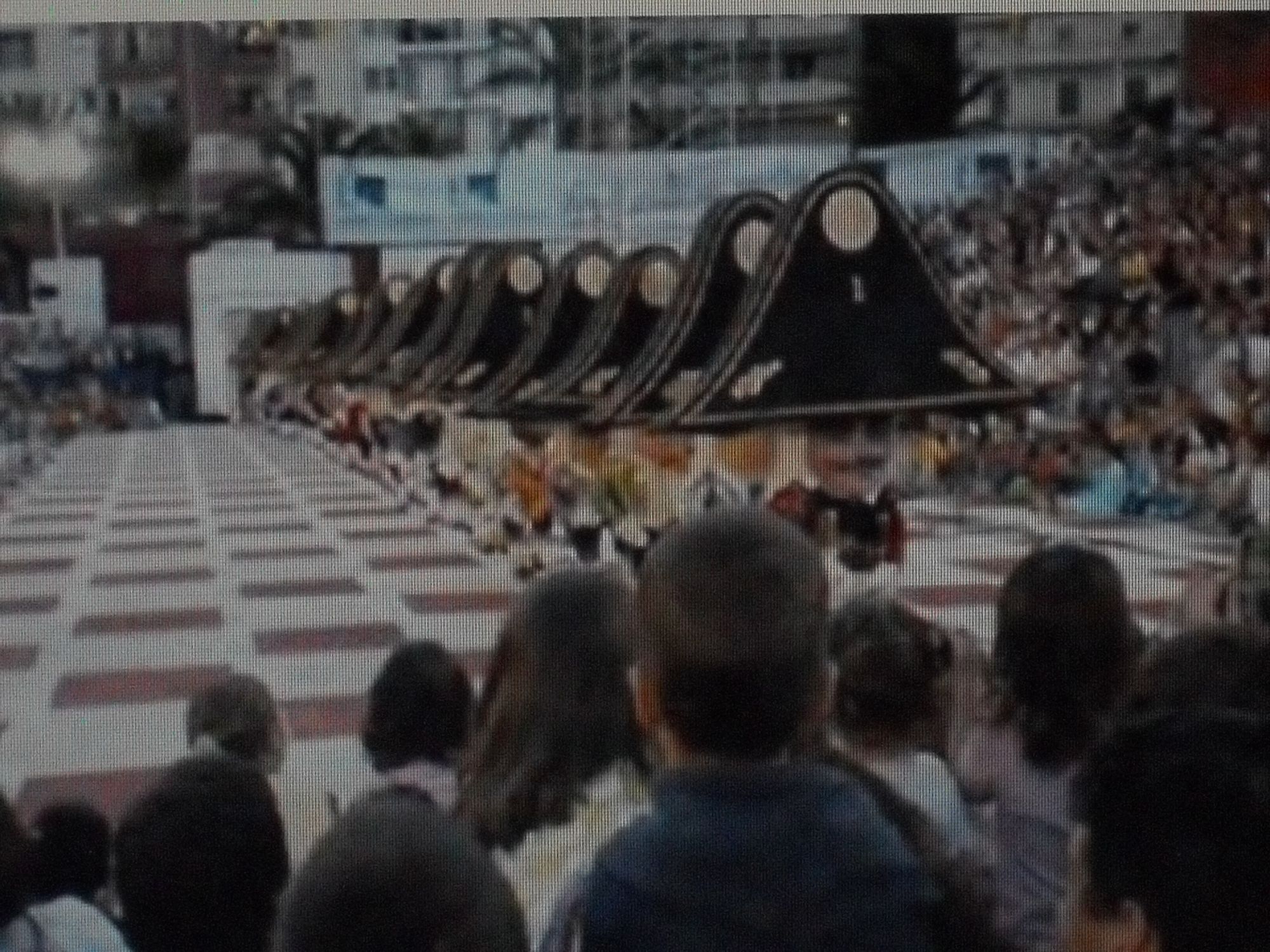
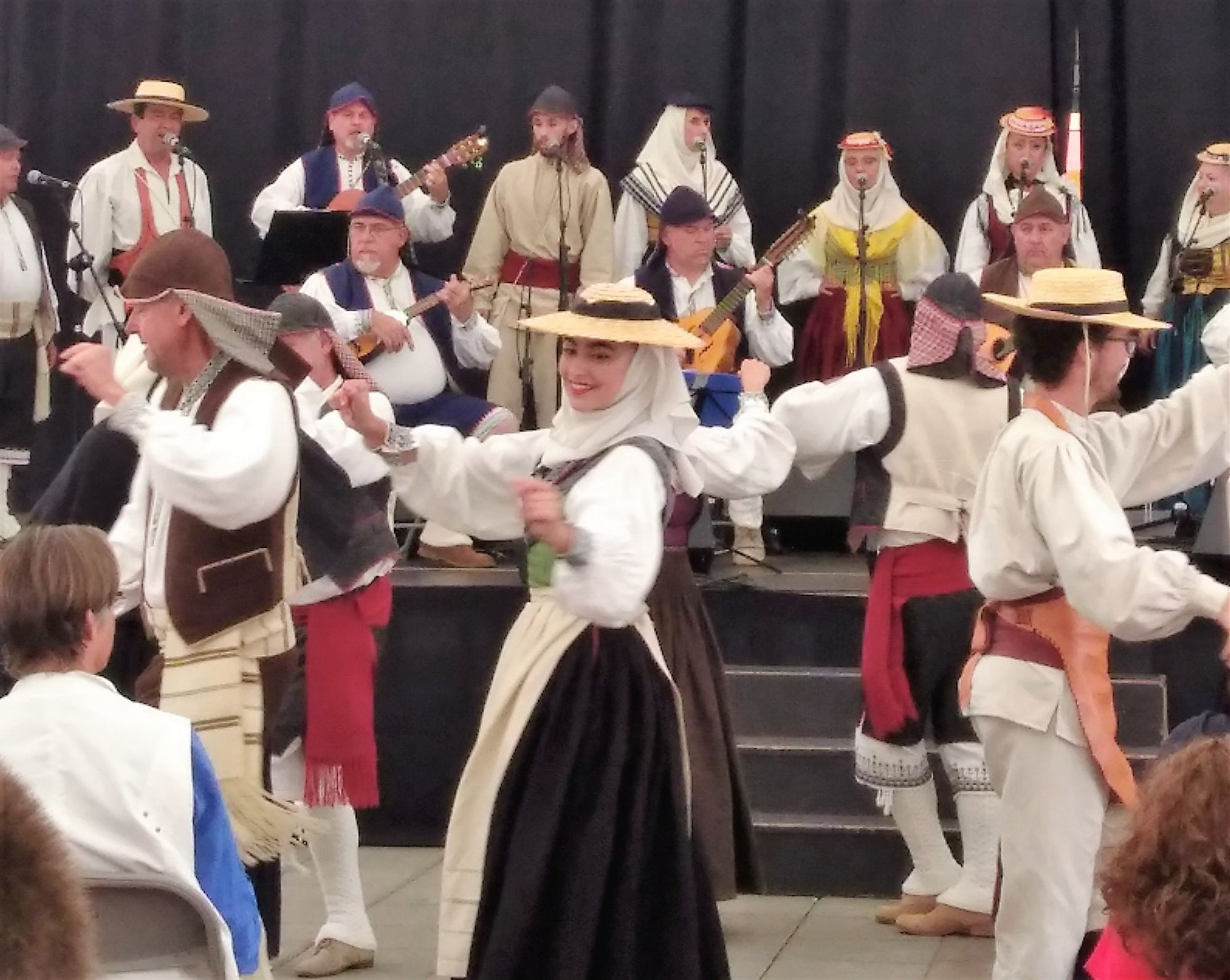
May, last weekend - Las Cruces de La Laguna, Barlovento. Live music and dancing with kiosk bars and food.
June - Corpus Christi, Mazo. Every year, the steep cobbled streets of Mazo are carpeted with intricate decorations of flowers, seeds and seeds and with archways covered in shrubbery and flowers. Inaugurated in 1873, the festival has declared a Fiesta of National Interest.
12/13th June or nearest weekend - Fiesta of San Antonio, Garafia. One of the largest fiestas on the island, attracting around 2,000 people and lasting 3 days, the main day is on the Saturday. Apart from live music on the stage which goes on throughout the day with different bands performing, tucked away in a corner you can usually find someone playing the guitar or accordion.
Around the grounds there are numerous kiosk bars, stalls with handicrafts, fancy goods, local cheese and a large show of cattle, equine and other animals. There are variations each year with maybe dog agility or equine cross-country jumping or dressage but always a timed event with oxen pulling an increasingly weighted sledge around a course.
July/August normally every 5 years - 2015, 2020, 2025. La Bajada de la Virgin de las Nieves/Coming Down of the Virgin of the Snow from Las Nieves Church to Santa Cruz and La Danza de los Enanos/the Dance of the Dwarfs.
It's a huge fiesta lasting around 18 days and also incorporates such spectacles as Minuet dancing in full costume. It's huge, it's incredible, don't miss it!
However the Dance of the Dwarfs is also a major part of the celebrations – you have probably seen the dwarfs popping up on everything, on T-shirts, postcards, placards and even a statue!
For the actual dance of the dwarfs, they initially appear as 12 church clergy singing psalms, then solemnly walk around the precinct, this being the big car park near the harbour which is turned into an enclosed arena with staged seating for the audience. With heads down, their hands righteously together in prayer and the psalms, they slowly enter a tent through a door at the front and moments later … out pop the dwarfs at the other end dancing the polka!
The contrast is both funny and amazing especially as the outfits transforming them into dwarfs is entirely convincing. But these are all fully grown people – so how do they do it? That’s for you to work out!During the evening there are four performances and these are sold out months if not years ahead – tickets can be bought on line. The performances start late in the evening and culminates with a procession through the streets around 4am for which there is no charge. People start to claim a place from early afternoon! However, there are a few viewing opportunities to look down into the precinct from above and see a little piece of what is going on.
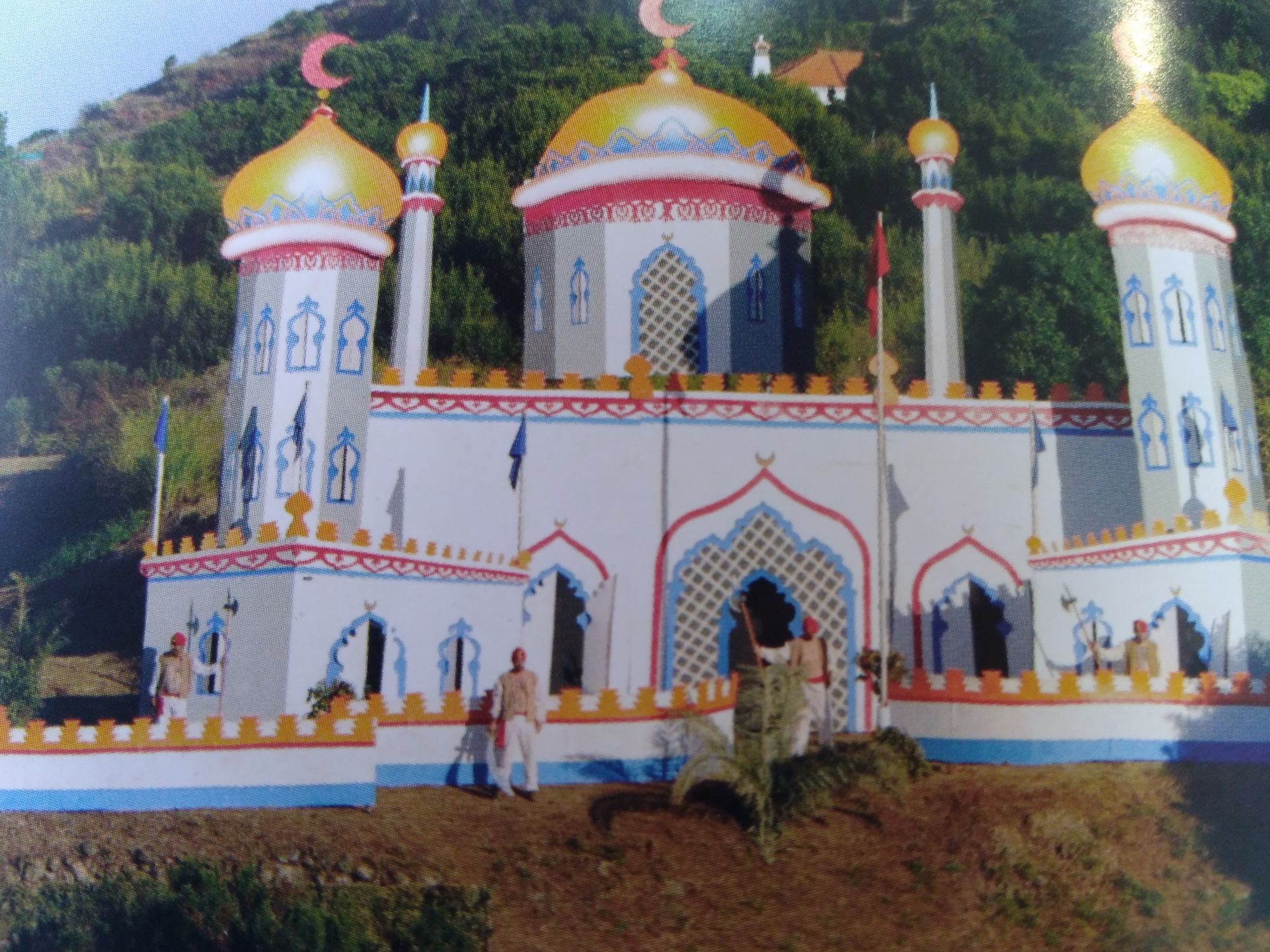
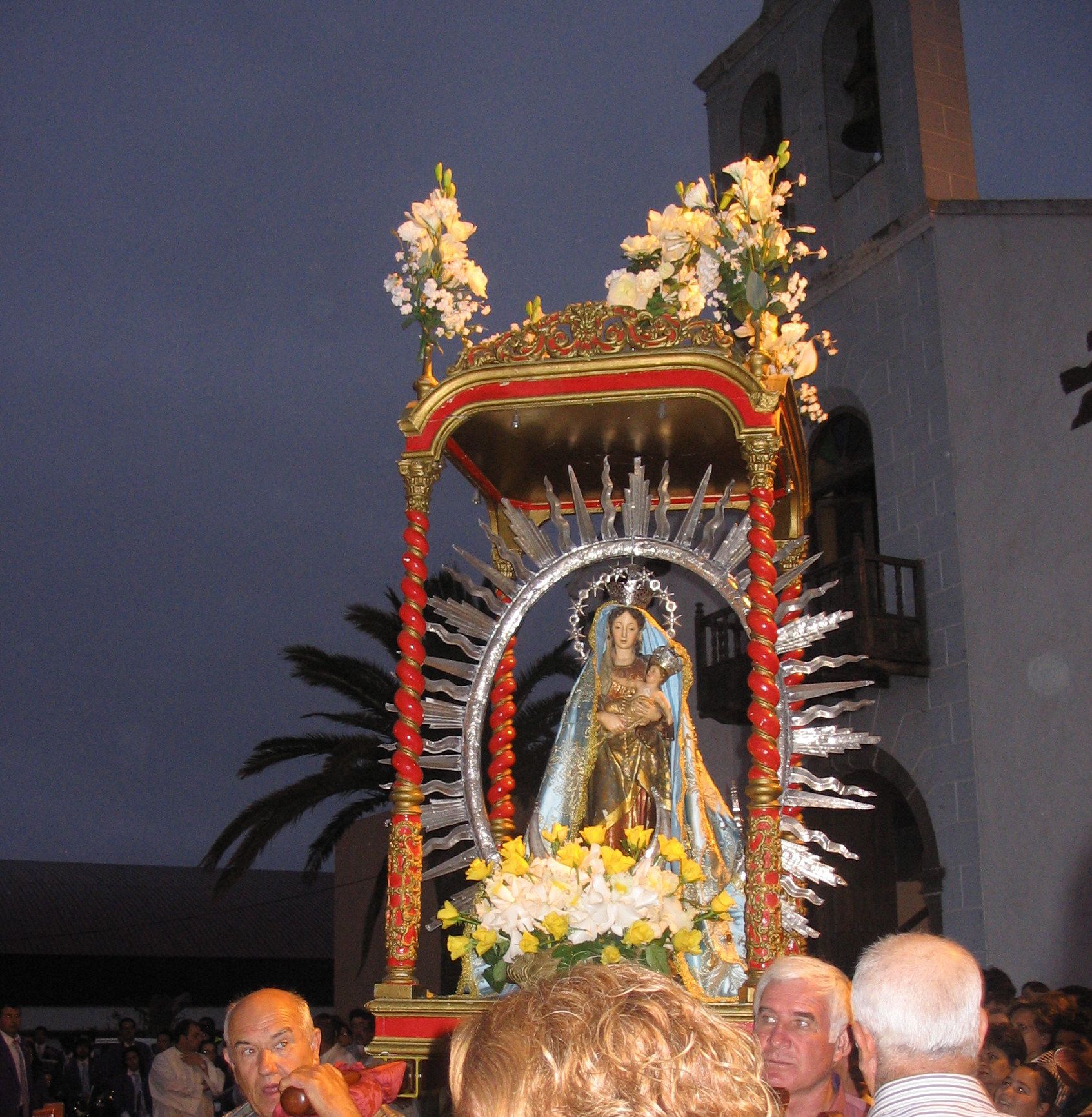
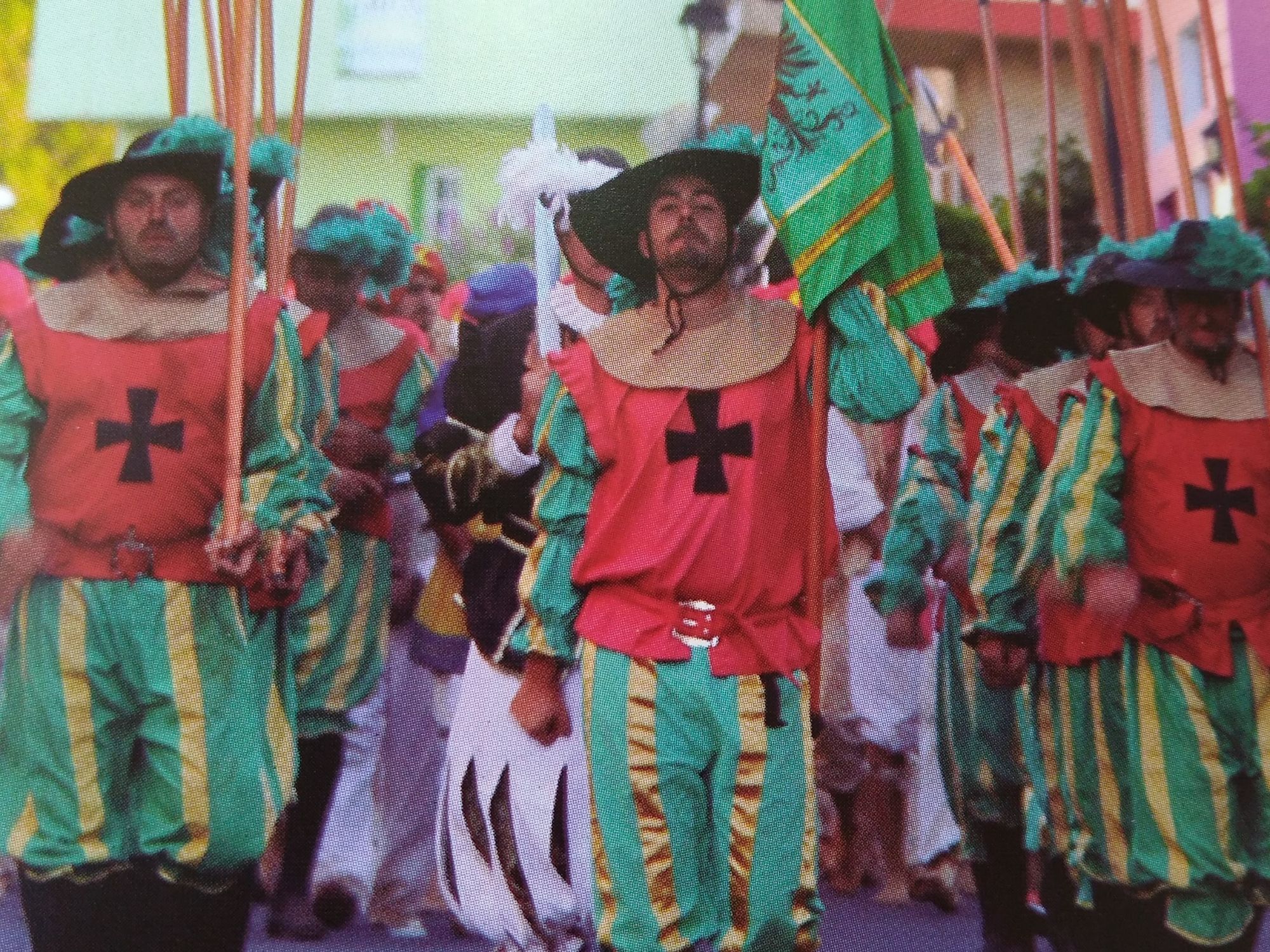
August – local fiestas around the island.
August (first fortnight) - Honor a Nuestra Sra del Rosario, Barlovento. Two weeks of events which may include a motorbike or car rally, cycle race, horse race, and trekking one of the nearby routes. And you can be assured that it will include live music, dancing, eating and drinking!
In addition to this, twice every five years, there is the Batalla de Lepanto representing a battle between the Moors and Christians with a fabulous mock-up of a castle and a boat which is ‘towed’ across the fields. The battle is held in a field opposite the town so there are lots of good viewing points. Once the winner is decided and losers are captured, they are marched under arrest through the town.
End of September – Fiesta of the Fufos, Tazacorte, Los Caballos Fufos. A very amusing yet clever display of horse riding – of the hobby-horse variety.
7th September – Fiesta of the Devil, El Diablo, El Tijarafe. A big night or early morning when, after much music and dancing, the Devil arrives at the packed town plaza. To excited and pseudo-terrified screams, the Devil proceeds to advance on the crowds as fireworks explode from somewhere under his cloaks. Once more, it has been proved that Madonna has defeated the Devil.
07 and 08 October – Inmaculada Concepcion, Santo Domingo, Garafia. Kart racing, 4 x 4 on the challenging purpose-built course in the town plus inflatables for the children and live music and dancing in the day and evening.
October – Nuestra Senora del Rosario, Our Lady of the Rosary, Barlovento. During the day/s there are inflatables for the children, free of charge. Also the Tagarage Trail cross country running which is called A Run for All. The toughest ones are 16k, 25k with ‘significant’ ascents, also a 16k and 8k race and then a 3k, 1k and 750m for the littlies. In the evening, a local theatre group puts on a play and on the final Saturday, live music and dancing.
01 November – Todos los Santos, All Saint’s Day. All the cemeteries around the island are adorned with flowers in memory of those who have passed away. Whilst there might be a few tears shed, it is also very much a celebration of life and it’s not uncommon for there to be singing between a small group of ladies as they trim and place the flowers.
11 November, Fiesta de San Martin. Wine cellars are opened to the public and dinners or fiestas are organised with plenty of wine, chestnuts and grilled pork fat.
Christmas time in general – various celebrations around the island and special mass. The Belen (Nativity Scenes) are nothing short of a passion with every town and village or even hamlet making their own little or large scene. In the towns and cities of Los Llanos and Santa Cruz, these are available to see at certain hours either in the main church or Town Hall.
The nativity scene is usually of a miniature village with tiny houses, complete with a rock or two on the roof. And there might be caves for the peasants, goats grazing, a natural spring and of course Mary, Joseph and baby Jesus.
25 December – Navidad/Christmas is a Public Holiday and family time and in general, everything is closed although you might find the occasional bar/café open, but not many.
31 December – Año Nuevo/New Year. Before midnight, there is live music in the bigger towns or cities. As midnight, younger people emerge looking beautiful in their ball gowns or tuxedos. When the church bells begin with the first chimes for midnight, the tradition everywhere on the island is for a grape to be eaten at each of the 12 chimes. For this reason, you’ll see plenty of grapes for sale in the shops – I suggest you buy seedless ones if you’re to have a chance of eating one every second!
However, many people will celebrate the turn of the year in their homes with family and then only emerge after midnight. As somebody once said to us when we commented it was a fairly quiet occasion in one of the smaller towns where we had gone to celebrate but went home at 12.30am, ‘Oh it doesn’t get going until 4 in the morning!
